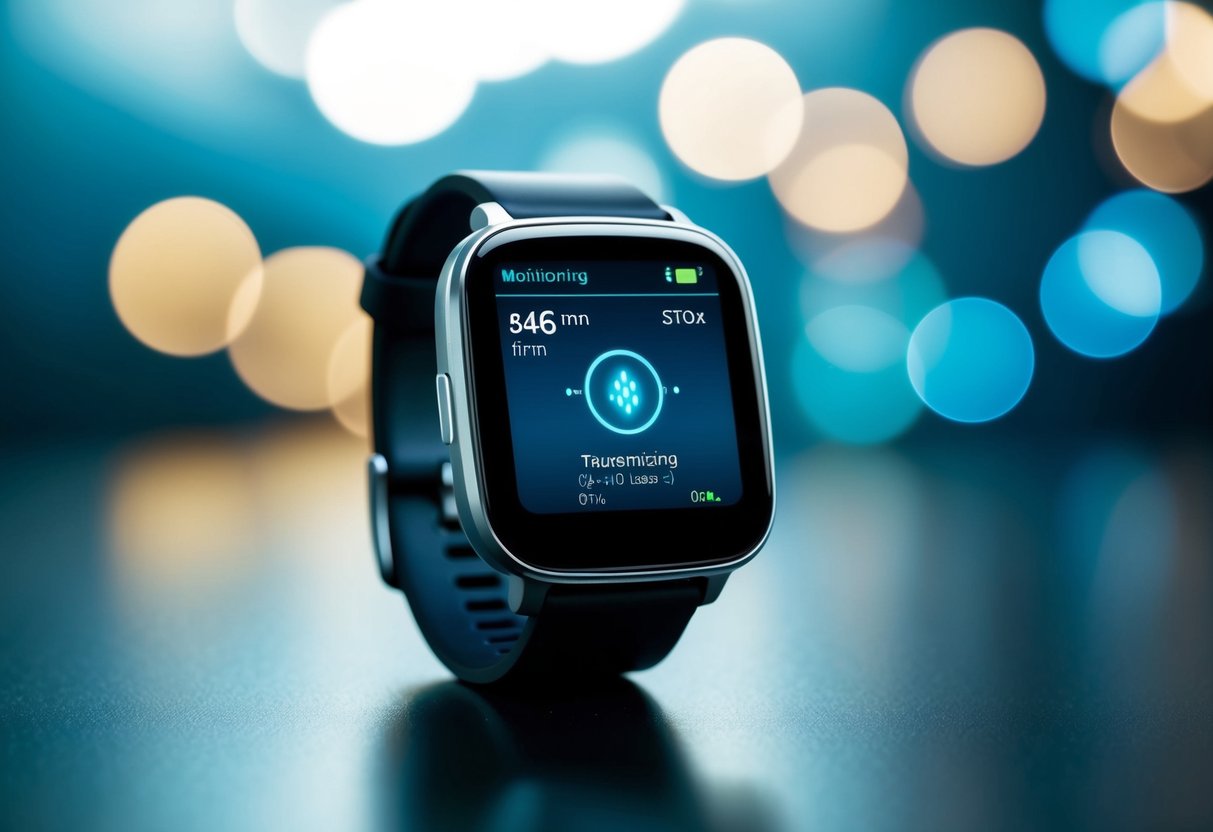
Medical Devices and Regulatory Changes
Recent changes in regulations are transforming the landscape for medical devices used in remote monitoring. Regulatory bodies now focus on ensuring device safety and efficacy through rigorous testing and certification processes. This shift encourages the development of more reliable and accurate tools for health monitoring, increasing patient trust in these technologies.
Telehealth platforms also benefit from these regulatory changes, as they require seamless integration with certified medical devices to provide comprehensive and trusted healthcare solutions. The alignment of standards facilitates interoperability among devices, enhancing the effectiveness of remote patient monitoring.
Artificial Intelligence and Machine Learning
Artificial intelligence and machine learning technologies empower remote health monitoring systems to analyze vast amounts of data efficiently. They enable predictive analytics, assisting healthcare providers in anticipating health issues before they become critical. These technologies support personalized treatment plans by identifying patterns in patient data that may go unnoticed.
AI-driven diagnostic tools enhance decision-making by providing healthcare professionals with evidence-based insights, leading to better patient outcomes. As machine learning models become more sophisticated, their capacity to manage diverse data sets grows, ensuring more precise and actionable information in remote health contexts.
Improving Patient Outcomes with RPM
Remote Patient Monitoring (RPM) technology is transforming healthcare by enhancing patient management and reducing unnecessary hospital visits. Key areas of improvement include effective chronic disease management and the mitigation of hospital readmissions post-discharge.
Chronic Disease Management
Chronic diseases such as diabetes, hypertension, and heart failure require continuous monitoring to manage symptoms and prevent complications. RPM provides patients with devices to track vital signs like blood pressure and glucose levels in real time. Timely data collection allows healthcare providers to swiftly address changes and adjust treatments as needed.
Using RPM in chronic disease management elevates patient satisfaction by offering a proactive approach. Patients actively participate in their health decisions, reducing the need for frequent hospital visits. Interventions become more targeted, decreasing the potential for complications. Consequently, this approach helps to lower morbidity and mortality rates, contributing to more positive patient outcomes.
Hospital Readmissions and Discharge
Hospital readmissions can often be prevented with timely interventions. RPM plays a critical role in post-discharge care by enabling seamless monitoring of patients. By observing data such as heart rate and oxygen saturation levels, healthcare providers can detect early signs of potential complications. Early detection allows for interventions that may prevent readmission.
This continuous data flow ensures that healthcare providers maintain a clear picture of a patient’s recovery journey, ultimately enhancing patient satisfaction. RPM allows for personalized care plans that cater specifically to individual needs. Overall, better management of discharge processes using RPM can lead to fewer readmissions, preserving hospital resources and supporting improved outcomes.